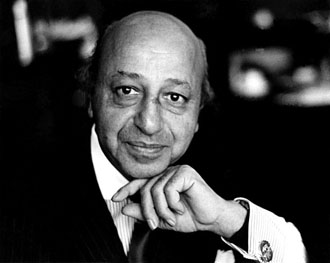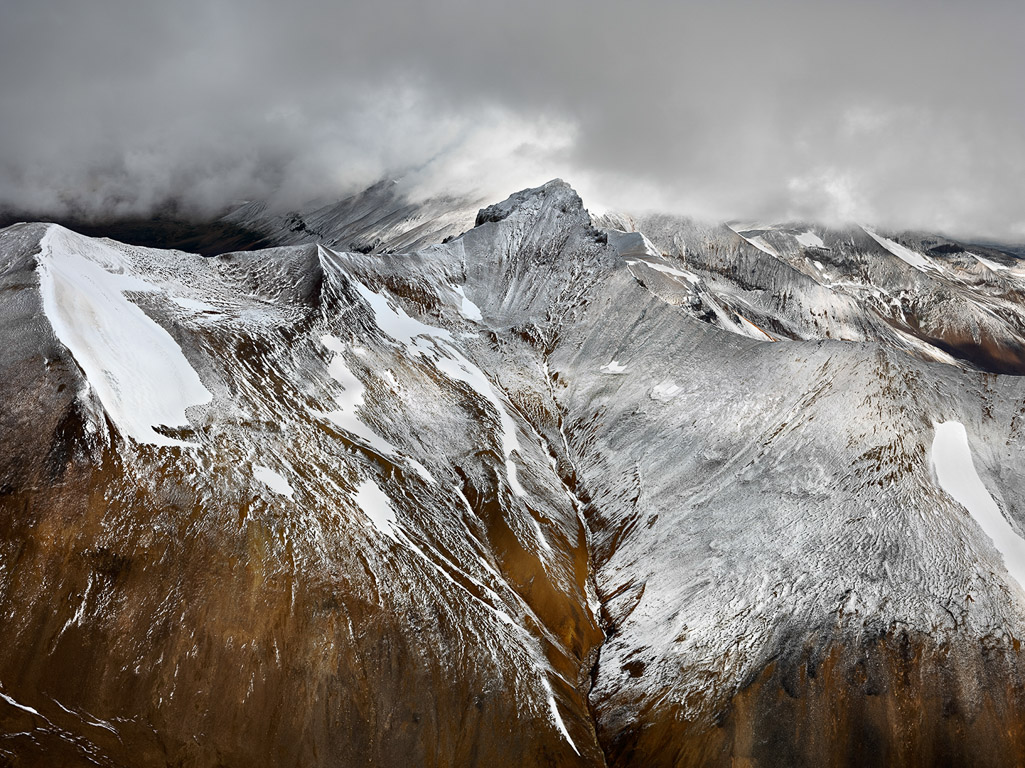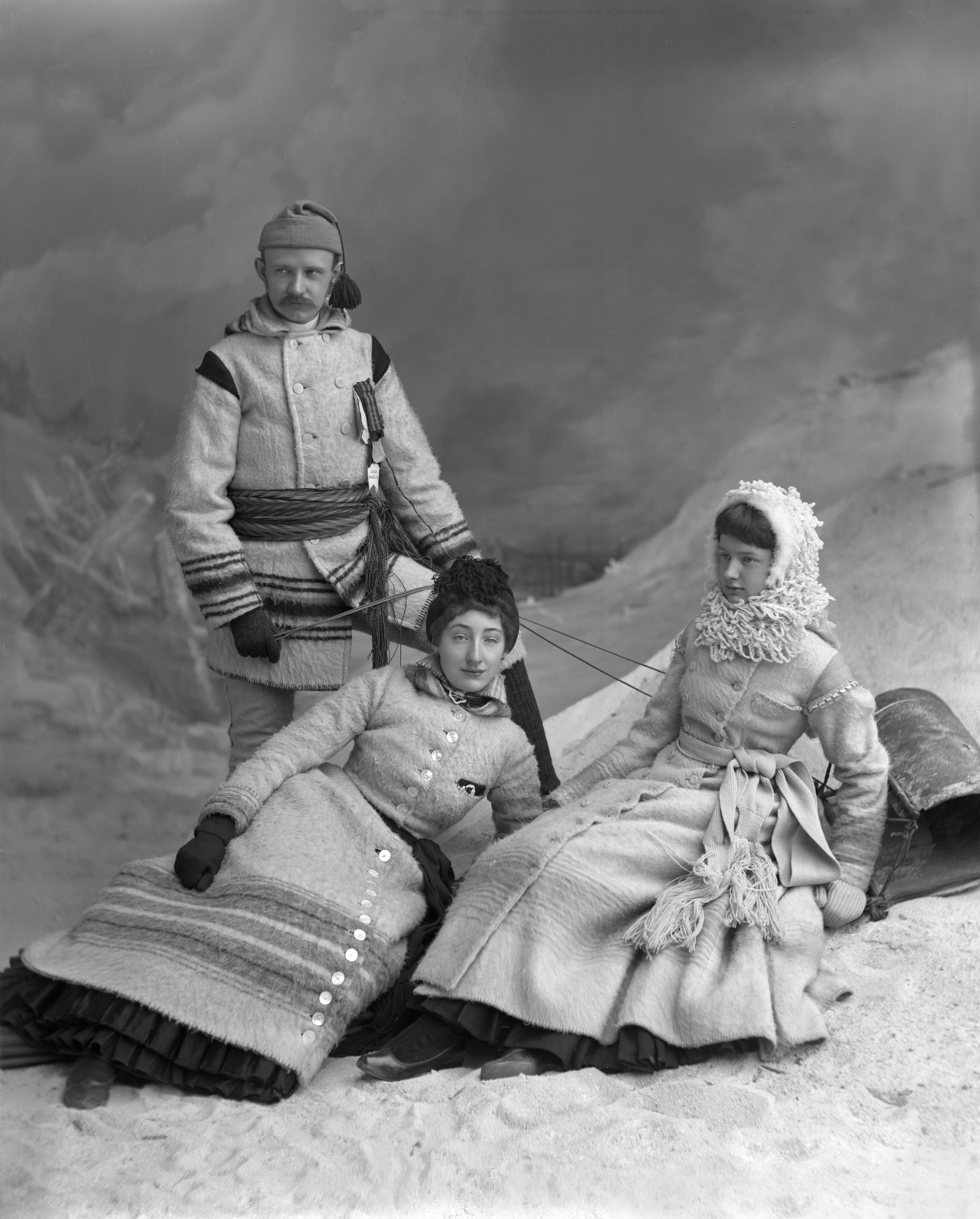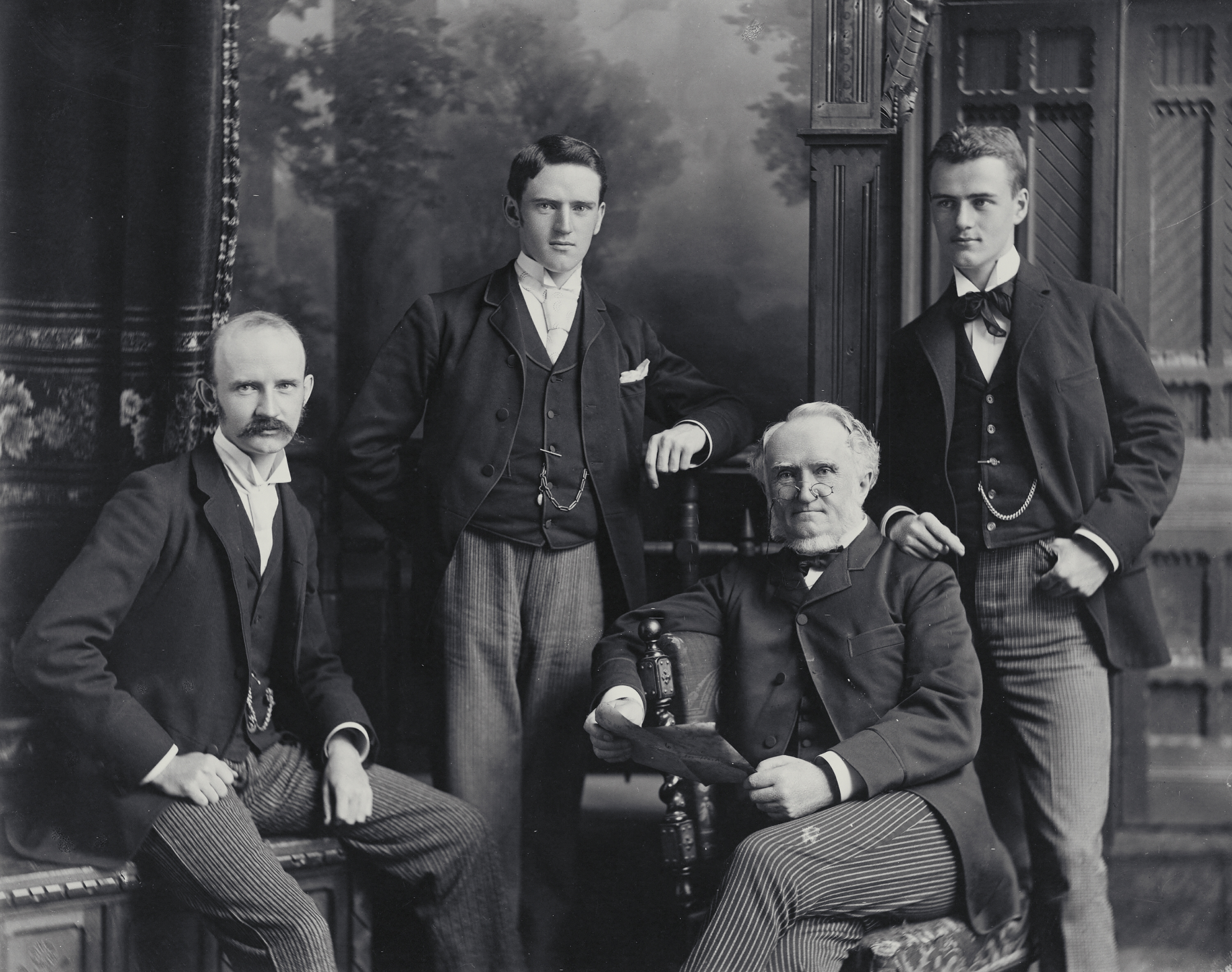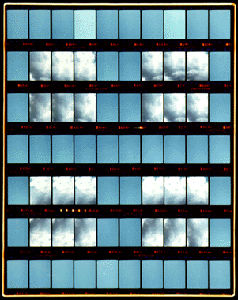Armenian-Canadian photographer Malak Karsh was best known for his photographs of Canada, and of the Ottawa region in particular. His 1963 photograph of a tugboat bringing logs up the Ottawa River, with the Library of Parliament in the background, was featured on the reverse of the $1 banknote first issued in 1974. Karsh amassed perhaps the most comprehensive visual record of Canada in existence. He also founded the Ottawa Tulip Festival and was the younger brother of famed photographer Yousuf Karsh.
Early Life
Malak Karsh was born into an Armenian family in the Ottoman (later Turkish) province of Mardin in 1915, shortly before the beginning of the Armenian genocide. He immigrated to Canada in October 1937, following his older brother, Yousuf Karsh, who had immigrated to Canada in 1924. Malak had originally intended to be his brother’s assistant. However, a few days after arriving in Canada, Malak took a walk in the Gatineau Hills. He was so impressed by the beauty and rich colours of autumn trees that he decided there and then to become a photographer in his own right. He would focus on the raw, natural brilliance of his adoptive home, where “in winter,” he once said in an interview, “the hoarfrost and trees here transform our landscape into a fairyland.”
DID YOU KNOW?
To distinguish himself from his brother, Malak Karsh was known simply as Malak. By contrast, Yousuf was known professionally as Karsh. The two brothers further distinguished themselves from each other by way of their specializations: Yousuf was best known for his portraits of famous people, while Malak focused on landscape photography and nature scenes.
Early Career
Malak apprenticed with his brother for about three years before striking out on his own. By 1941, he had established his own studio on Ottawa’s Sparks Street. Soon thereafter, he hired an assistant named Barbara Holmes. They fell in love, were wed within a year and went on to have four children together. They were married from 26 December 1942 until Malak’s death on 8 December 2001.
At first, Malak struggled to establish himself. He was forced into a nursing home for several years in the mid-1940s with a bad case of tuberculosis, which nearly bankrupted him. However, when he regained his health, he worked and travelled across Canada, tirelessly developing his business and his reputation.
As a photographer, Malak Karsh was well known for his patience, endurance, and for putting himself in physically demanding positions to get the perfect shot. He was known to balance himself on floating logs, wait in the snow or stand on the frozen Ottawa River, always trying to find the perfect moment to capture with his camera. He was also known for his dapper attire; he always preferred to work in a suit and tie, no matter how hot it might be outside.
Career Highlights
Malak Karsh’s career lasted roughly 60 years. In that time, he took well over 1 million photographs, many of which are of Canada’s natural and built environment. Malak’s documenting of the nation provided perhaps the most comprehensive visual record of Canada in existence. He was also well known for his extensive photographs of the City of Ottawa, the Parliament Buildings, the Rideau Canal and the National Capital Region in general. Former Ottawa mayor Bob Chiarelli once said that Malak “helped put Ottawa on the map.”
Karsh is perhaps best known for his 1963 photograph titled Paper and Politics. First issued in 1974, it appeared on the reverse of the $1 bill in the Scenes of Canada currency series. The photograph was of Parliament Hill from across the Ottawa River. It featured a tugboat amid a log drive in the foreground, with the Library of Parliament in the background. The image was reprinted 3.5 billion times between 1974 and 1989. The portrait of Queen Elizabeth II used on the front of the bill was taken by Malak’s brother, Yousuf.
Karsh’s photographs were also used as the basis for at least 11 stamps issued by Canada Post.
He stated that his goal and life’s work was to bring the beauty of Canada to Canadians, and particularly to show them the beauty of their national capital. Appropriately, his last photographs, taken in 2001, were of the Parliament Buildings with red-leaved maple trees in the foreground. Over the course of his career, his photographs were published in seven books, with another four issued posthumously.
Canadian Tulip Festival
Malak Karsh was especially fond of the tulips that bloomed annually in Ottawa. They were a gift from the Dutch royal family and the Netherlands’ government, which has gifted 20,000 bulbs to the city annually since 1947, in gratitude for Canada having sheltered Princess Juliana of the Netherlands during the Second World War. (See also Princess Margriet of the Netherlands.) Tulips were a favourite subject of Malak’s photography. His 1946 photograph of tulips surrounding the Peace Tower became almost immediately iconic. “I have unlimited love for tulips,” he once said. “Every year, I say I have enough tulip pictures, I won’t take any more. But each year, it doesn’t work.”
Malak then had the idea to create a festival centred on the tulips. He believed that it could become a major tourist attraction. He also thought that, since the tulips were a gift to all Canadians, a festival was needed to best celebrate the gift and make them accessible to all. He approached the Ottawa Board of Trade with the idea in 1952, and the Canadian Tulip Festival began the following year. Malak Karsh is considered the festival’s founder, and was its honorary president at the time of his death from leukemia in 2001. A tulip bed across the Ottawa River from Parliament Hill is dedicated to him and planted with his favourite variety every year.

Honours and Awards
Malak Karsh was designated a Master of Photographic Arts in 1968. He was made an Officer of the Order of Canada in 1996. The honour noted that his photographic record was a “rich testament to his love for Canada” and called him a “role model for seasoned and novice photographers alike.” Malak received the Whitton Award in 1997 and was given the Key to the City of Ottawa in 2000. In 2003, the City of Ottawa established the annual Karsh Award. It is named in honour of Malak and Yousuf Karsh “for their immense contribution to our city's rich cultural heritage.” The prize is presented to a mid-career or established Ottawa artist working in the photographic arts.
Malak’s work has been displayed at the National Gallery of Canada, the Canadian Museum of Contemporary Photography and the Ottawa Art Gallery. In addition to an already large collection of black and white prints, in 2015 Library and Archives Canada purchased more than 200,000 of Karsh’s photographs. The archive intends to digitize the entire collection of about 400,000 images for the benefit of the public.
Photography Books
- Stones of History: Canada's Houses of Parliament (1967)
- The Canadian Museum of Civilization (1990)
- Ottawa and the National Capital Region (1990)
- The Gatineau (1994)
- Canada: The Land That Shapes Us (1995)
- Canada's Capital Region - A Capital of Tulips (1999)
- The Parliament Buildings (1999)
- Tulips: Fact and Folklore about the World’s Most Planted Flower (2002)
- Malak's Canada (2002)
- Celebrating Canada (2002)
- Canada: The New Millennium Series (2003)
(See also Photography in Canada.)

 Share on Facebook
Share on Facebook Share on X
Share on X Share by Email
Share by Email Share on Google Classroom
Share on Google Classroom
